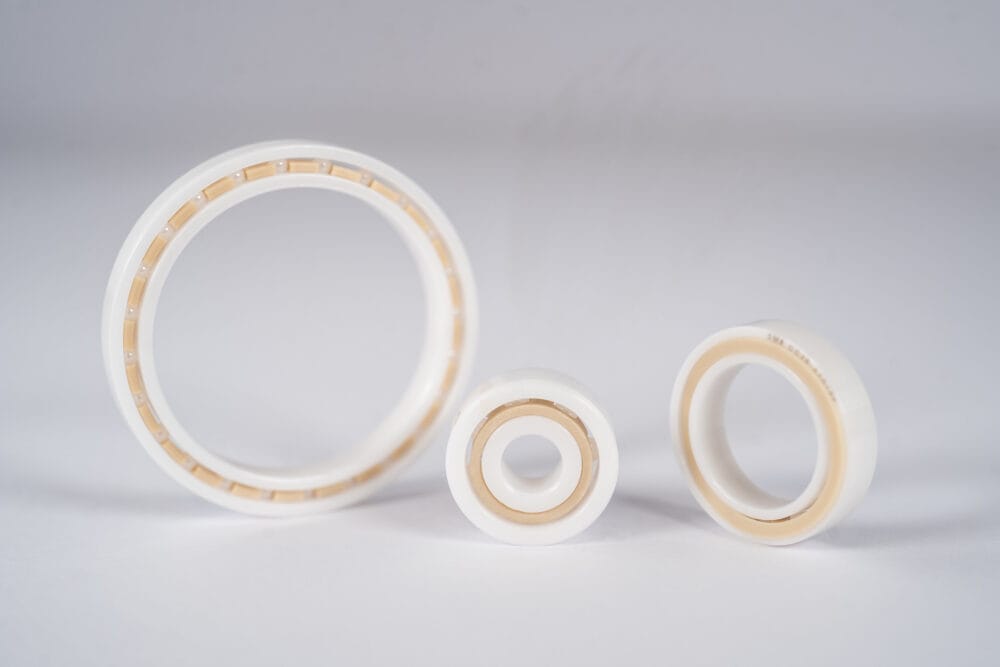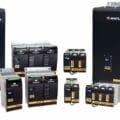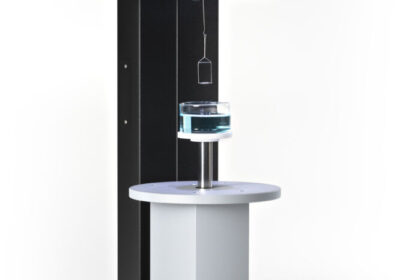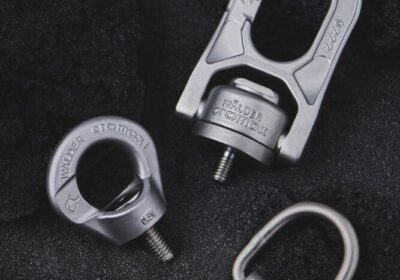The International Maritime Organization (IMO) has set ambitious targets to at least halve greenhouse gas emissions in the shipping industry by 2050, compared to 2008’s levels. E-mobility will be integral in this move towards sustainability. But the need to deliver sustainable high-performance over long ranges will put extra pressure on components in electric propulsion systems. Here, Chris Johnson, managing director at SMB Bearings, explores the essential role of industrial bearings in e-ships.
Forecasts predict a steady growth in the use of electrified vessels. Indeed, the global electric ship market is projected to grow from $3.83 billion in 2023 to $12.87 billion by 2030 — a compound annual growth rate (CAGR) of 18.9 per cent — according to Fortune Business Insights.
While the advantages of e-ships are obvious, they also present several challenges. They include engineering challenges which arise from the need to deliver high-performance and sustainable operations over long ranges. On an engineering level, electric propulsion systems will exert significant pressure on components like bearings, potentially increasing wear and heightening maintenance costs.
Choosing the right bearings will be essential to optimising performance in e-ships, requiring careful consideration of bearing design and material selection. Let’s look at how industrial bearings will support the transition towards electric propulsion systems.
Reliability on the open seas
Bearings are indispensable components and support reliable and efficient operation of the entire propulsion system, fulfilling various crucial roles. They play a critical role in enhancing efficiency, reducing friction and maintaining stability within electric propulsion systems for maritime transportation.
They are utilised within electric motors to support rotating shafts, helping convert electrical energy into mechanical energy with minimal friction. Additionally, bearings are deployed to support and guide propeller shafts, ensuring alignment and reducing vibration for efficient power transfer from the motor to the propeller.
In gearboxes, bearings play a vital role in supporting rotating gears and shafts, for smooth gear operation and power transmission. Thrust bearings are essential for handling axial loads generated by the propeller’s thrust, maintaining the stability of the propeller shaft during propulsion. Bearings are also used in auxiliary systems like cooling pumps and hydraulic systems.
In order to fulfil their role, however, bearings must support efficiency, reducing friction and maintaining stability within electric propulsion systems. Choosing the right bearings is therefore imperative to ensure optimal performance, reliability and longevity of electrically powered vessels.
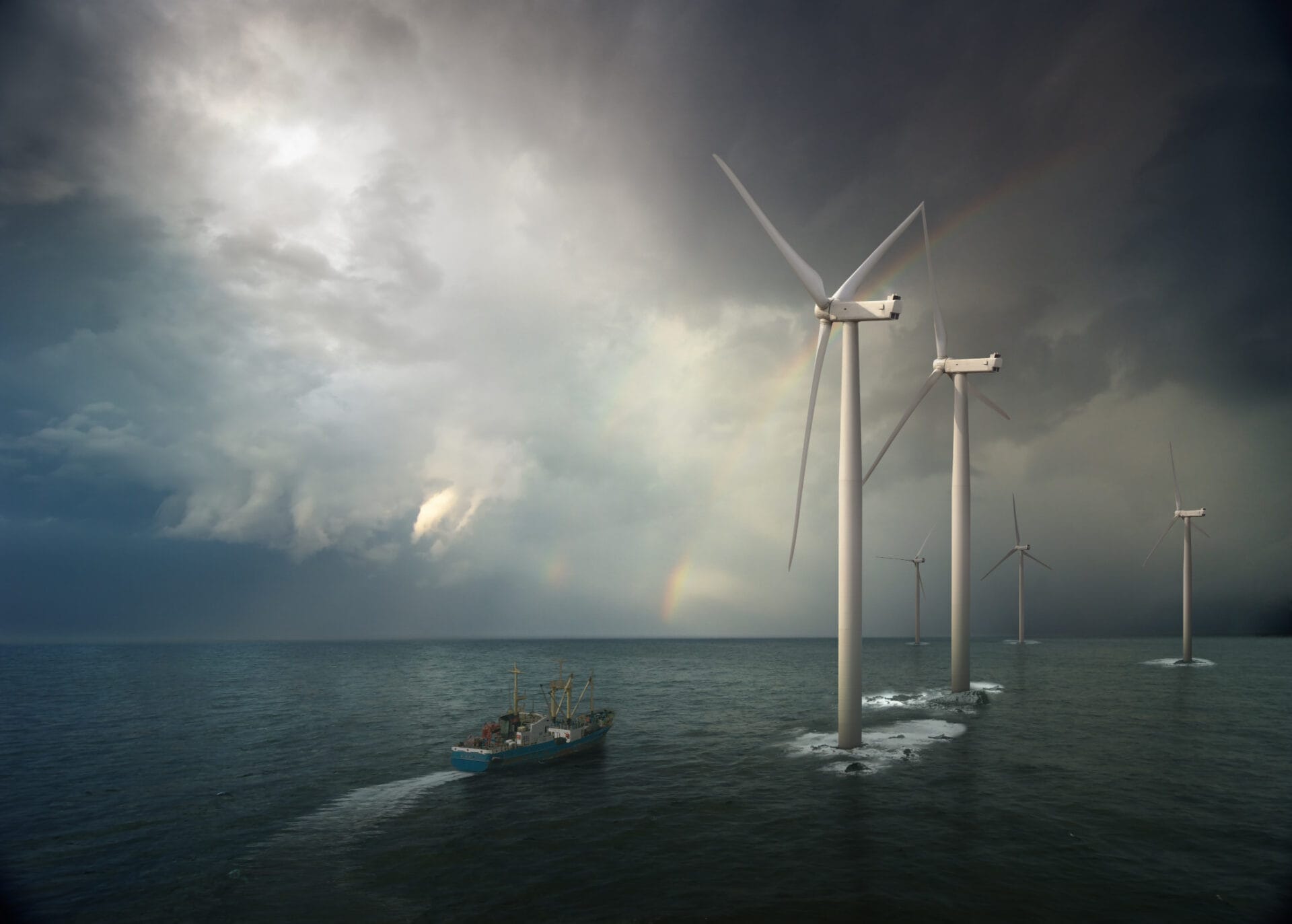
Forecasts predict a steady growth in the use of electrified vessels from $3.83 billion in 2023 to $12.87 billion by 2030.
Making the right choice
When selecting bearings for e-ships, factors such as load capacity, corrosion resistance and compatibility with the vessel’s power supply and control systems must all be carefully considered.
For applications in harsh marine environments, corrosion-resistant bearing materials such as 440 grade stainless steel and 316 grade stainless steel are commonly used. SMB Bearings stocks corrosion resistant marine grade 316 stainless steel ball bearings for shafts from 3mm to 50mm diameter. Acetal resin bearings with 316 stainless steel or glass balls also have very good resistance to seawater but again, can only be used in lower precision low load and low speed applications.
These materials offer varying levels of corrosion resistance, with 316 grade stainless steel, also known as marine grade stainless steel, being suitable for applications above the waterline or in flowing water.
Additionally, ceramic bearings made from materials like zirconia or silicon nitride offer superior corrosion resistance and can withstand higher loads in marine environments.
While ceramic bearings are more expensive than steel bearings, they are essential for applications where steel bearings may fail due to extreme conditions. Acetal resin bearings with stainless steel or glass balls provide another option for applications requiring resistance to seawater, albeit at lower precision and load capacities.
Due to the higher cost, ceramic bearings are mainly used in aggressive environments where other materials are not suitable. The most common applications are those where excellent corrosion resistance is required, or where bearings are exposed to extremely low or high temperatures. Ceramic bearings are especially useful in marine applications as they are not affected by salt water.
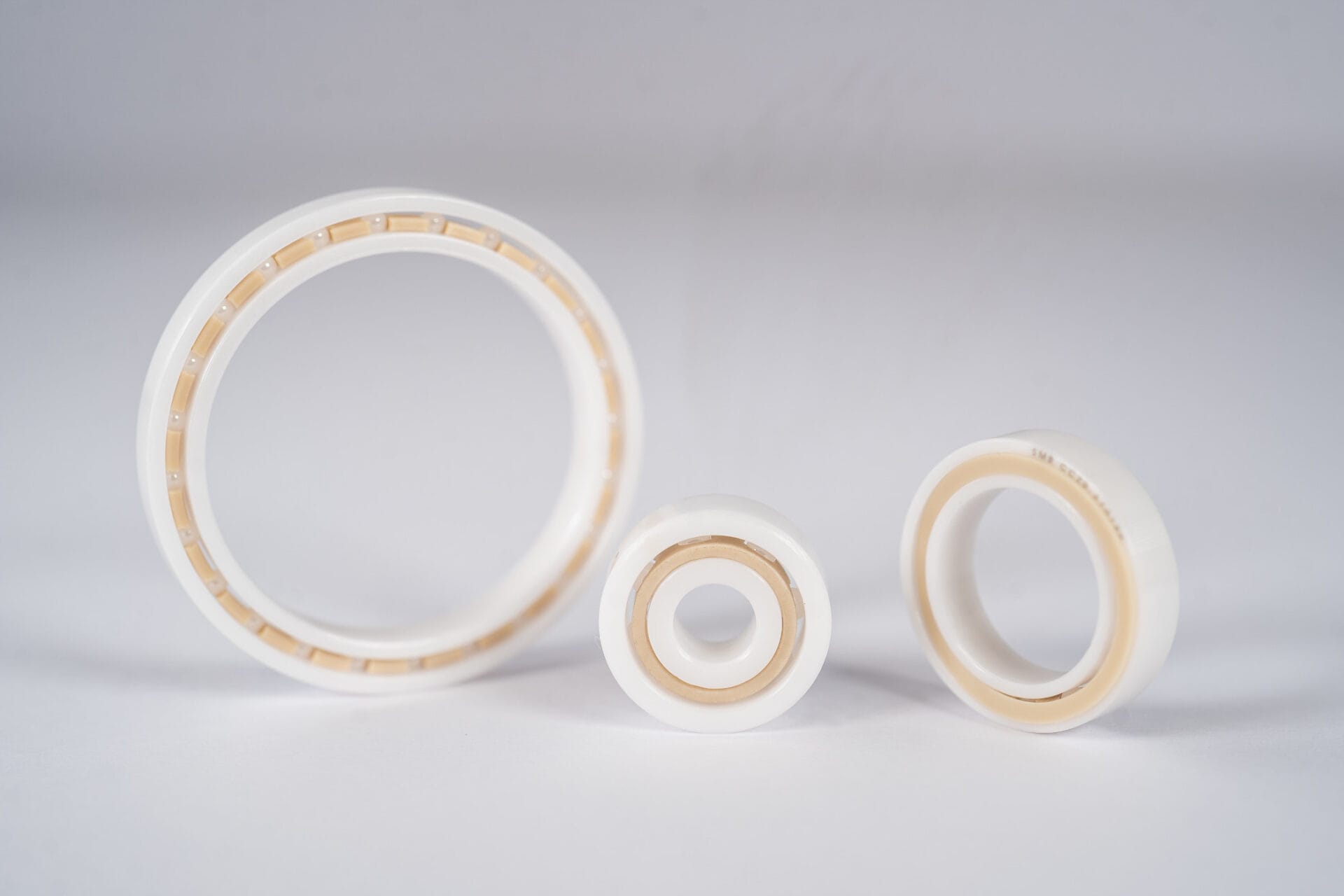
Ceramic bearings made from materials like zirconia or silicon nitride offer superior corrosion resistance and can withstand higher loads in marine environments.
So, what’s the drawback? Full ceramic bearings are much more expensive than steel bearings, so are normally only used in environments that are too hostile for steel bearings. Additionally, as ceramics are much harder than steel, they are more brittle. Steel can tolerate large impacts through plastic deformation, whereas ceramics are more likely to crack. For this reason, full ceramic bearings are not recommended where heavy shock loads are likely.
As the maritime industry navigates the waters of e-mobility and sustainable practices, industrial bearings will be crucial in facilitating the transition towards electric propulsion systems. With the ambitious targets set by IMO looming ahead, it is evident that selecting the right bearings tailored to the specific demands of marine environments is paramount for the success of electrified vessels.
Fortunately, companies like SMB Bearings, with expertise in providing industrial bearings designed to meet the challenges of maritime applications, support a more environmentally conscious and efficient era of maritime transportation.
Visit SMB Bearings’ website for more information on its industrial bearings for e-ships and maritime engineering applications.

